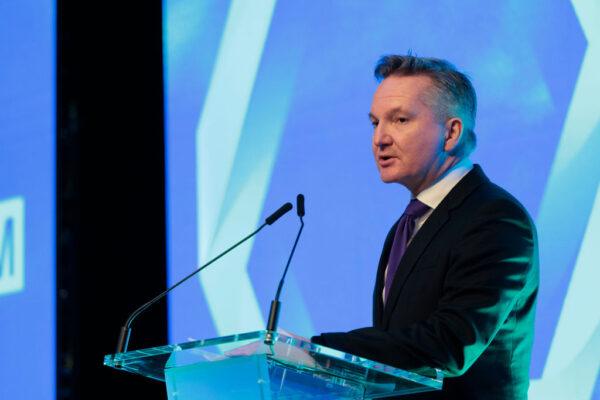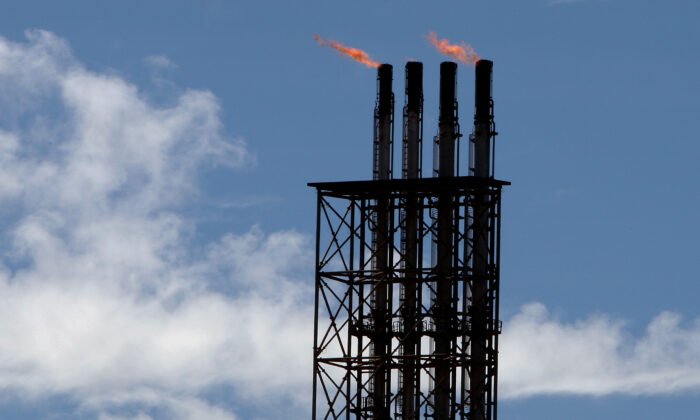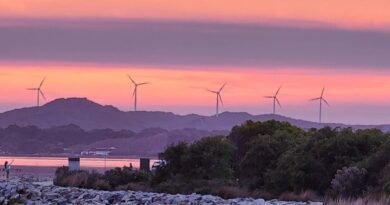Chief Scientist of Australia to Lead Development of New Methane Emissions Monitoring System
The role of improving the accuracy of emissions monitoring is crucial, with the Climate Council expressing concern that under-reporting could reach as high as 60 percent.
An expert panel, led by Australia’s Chief Scientist Cathy Foley, has been established to monitor the country’s methane levels as part of emission reduction efforts.
The Climate Change Authority recommended the creation of this panel after reviewing the National Greenhouse and Energy Reporting Scheme.
Released in late 2023, the report made 25 recommendations for the scheme, the national framework for reporting greenhouse gas emissions. The federal government accepted 24 of these recommendations.
“The emissions and energy data requirements of both the government and the public are increasing,” the report stated. “Improving the accessibility and transparency of the data would offer many benefits.”
The report acknowledged that while the emissions reporting scheme was functioning well, adjustments were needed to ensure its relevance for the future.
The taskforce’s responsibility is to guarantee the accuracy of climate change data and explore new measurement approaches.
Climate Change Minister Chris Bowen emphasized the critical nature of this work in Australia’s emission reduction efforts.
“The Climate Change Authority has determined that Australia’s emissions reporting scheme is effective and supports the country’s transition to net-zero,” Bowen stated.
“Methane is one of the most potent greenhouse gases globally. It is imperative that our measurement methods continue to evolve based on robust scientific analysis,” he added.
Bowen expressed confidence that this work will aid Australia in meeting its emission reduction targets.
“Technological advancements offer opportunities for enhanced accuracy and reliability in line with emission reporting regulations of the Paris Agreement,” he explained.
“By heeding expert advice, we are ensuring Australia maintains its leadership in emission estimation, which is crucial for achieving emissions reductions and unlocking our potential as a renewable energy powerhouse,” he concluded.
Methane is particularly concerning due to its high heat-trapping properties. Over a 20-year period, it is about 85 times more damaging to the climate than carbon dioxide, according to the Climate Council.

Chris Bowen, Australian Minister for Climate Change and Energy, speaks at the Sydney Energy Forum in Sydney, Australia, on July 12, 2022. Brook Mitchell/Getty Images
Australia One of The Highest Producers of Methane
Due to its extensive fossil fuel mining and agriculture sectors, Australia produces four to five times as much methane as would be expected based on its population. In 2023, the country produced almost four million tonnes of methane.
As a result, Australia causes more methane pollution globally than many larger developed economies, including France, Germany, the UK, and Canada.
The Climate Council of Australia believes the figure could be much worse and that coal and gas corporations may be under-reporting the methane they release by as much as 60 percent.
Australia has a net 2030 emissions target of a 43 percent reduction below 2005 levels.
“Three years ago, a 43 percent reduction … would have required greenhouse gas emissions to be reduced by 32 percent by 2030. Now, with revised land use sequestration projections, greenhouse gas emissions will only need to be reduced by 24 percent … creating an illusion of progress, while the atmosphere suffers.”
It rates the country’s performance overall as “inadequate.”
Forestry and grassland sequester carbon, while carbon losses occur on existing cropland and natural land (for example, grassland) that is converted to cropland or settlement. Thus, changing the relative proportions of these uses is one way to reduce emissions.
Despite the change to sequestration, Australia’s total emissions are projected to fall from 465 Mt in 2023 to 312 Mt by 2030.
Still, some sectors, notably agriculture, fail to achieve any significant reduction over that period, remaining at around 80 Mt.





